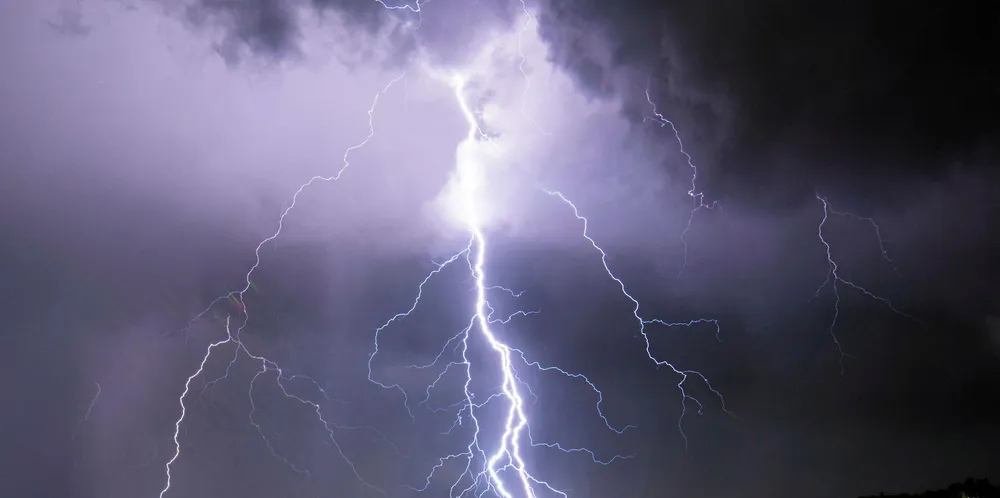'Questions remain' over UK blackout part-caused by offshore wind giant
Emergency committee highlights further areas of investigation ahead of final verdict on outage involving Orsted's Hornsea 1

Emergency committee highlights further areas of investigation ahead of final verdict on outage involving Orsted's Hornsea 1
